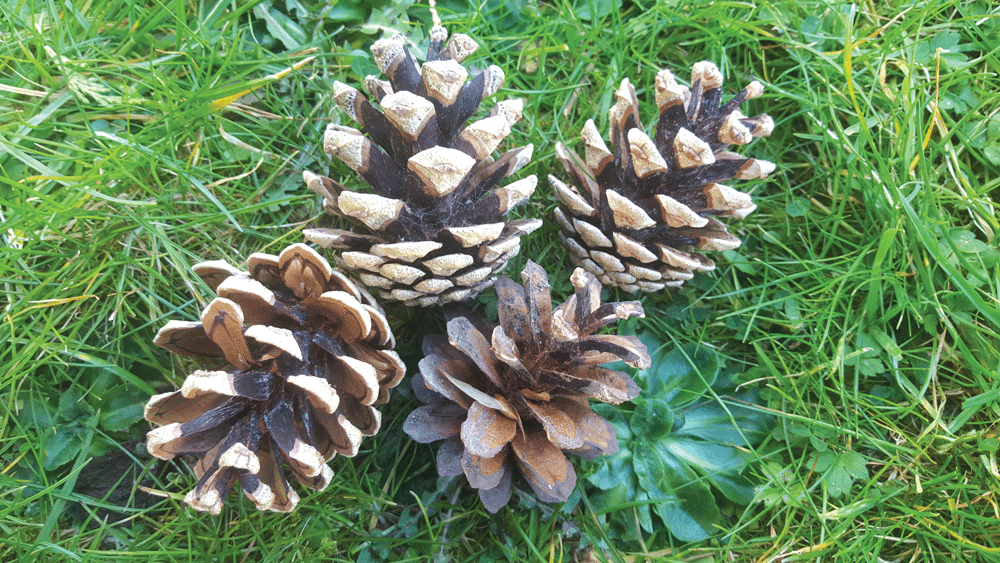
Nature on our doorsteps: Ancient conifers
Pine trees are conifers, and at the moment they are busy scattering pollen into the springtime breeze.
While we mostly associate pollen with flowering plants, conifers are technically referred to as being ‘non-flowering’.
This is because they do not produce true flowers and their seeds are not formed inside a fleshy fruit.
Conifers are an ancient group of seed-producing plants. On the evolutionary line, they are more evolved than the low-growing mosses and ferns that only produce spores.
They are not as evolved, however, as true flowering plants that produce seeds inside fruits.
The term ‘conifer’ means ‘cone-bearing’. Instead of developing inside a protective fruit, conifer seeds develop on bare, unprotected woody scales that are clustered together into a structure called a cone. When the cone is ripe, the scales spread open and the seeds are scattered.

Pine’s pollen-producing sacs wither away after springtime
Pine’s male pollen-producing sacs are visible only in springtime as long, thin, soft structures growing on the tree’s lower branches.
These yellow sacs scatter large puffs of pollen into the wind.
The more familiar hard, woody, pine-cones growing towards the top of the tree are the female cones. Once these are fertilised, it can take a whole year for the seeds inside the cones to develop.
This timeframe is much longer than the more evolved flowering plants.
By Rosaleen Dwyer.

